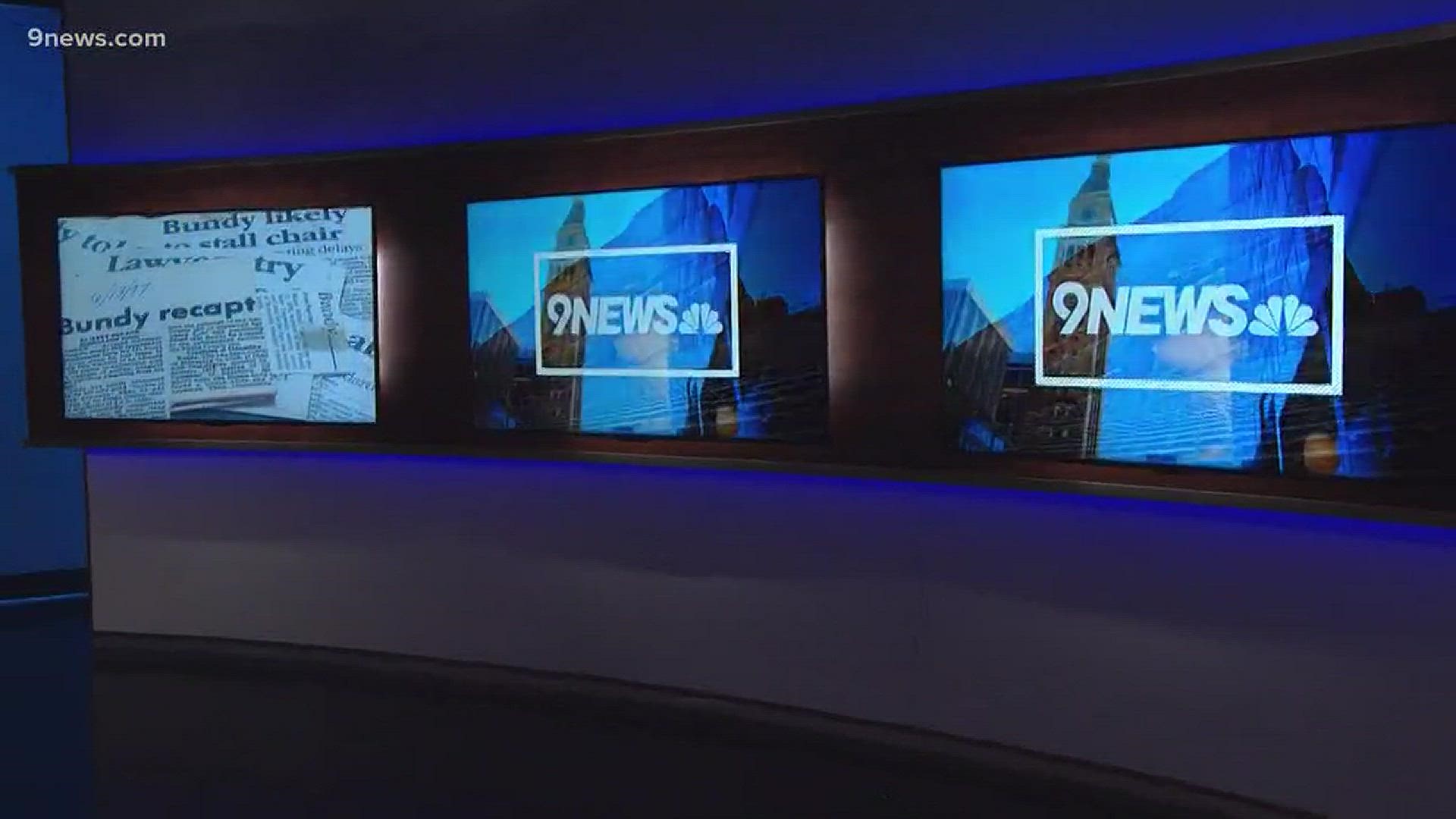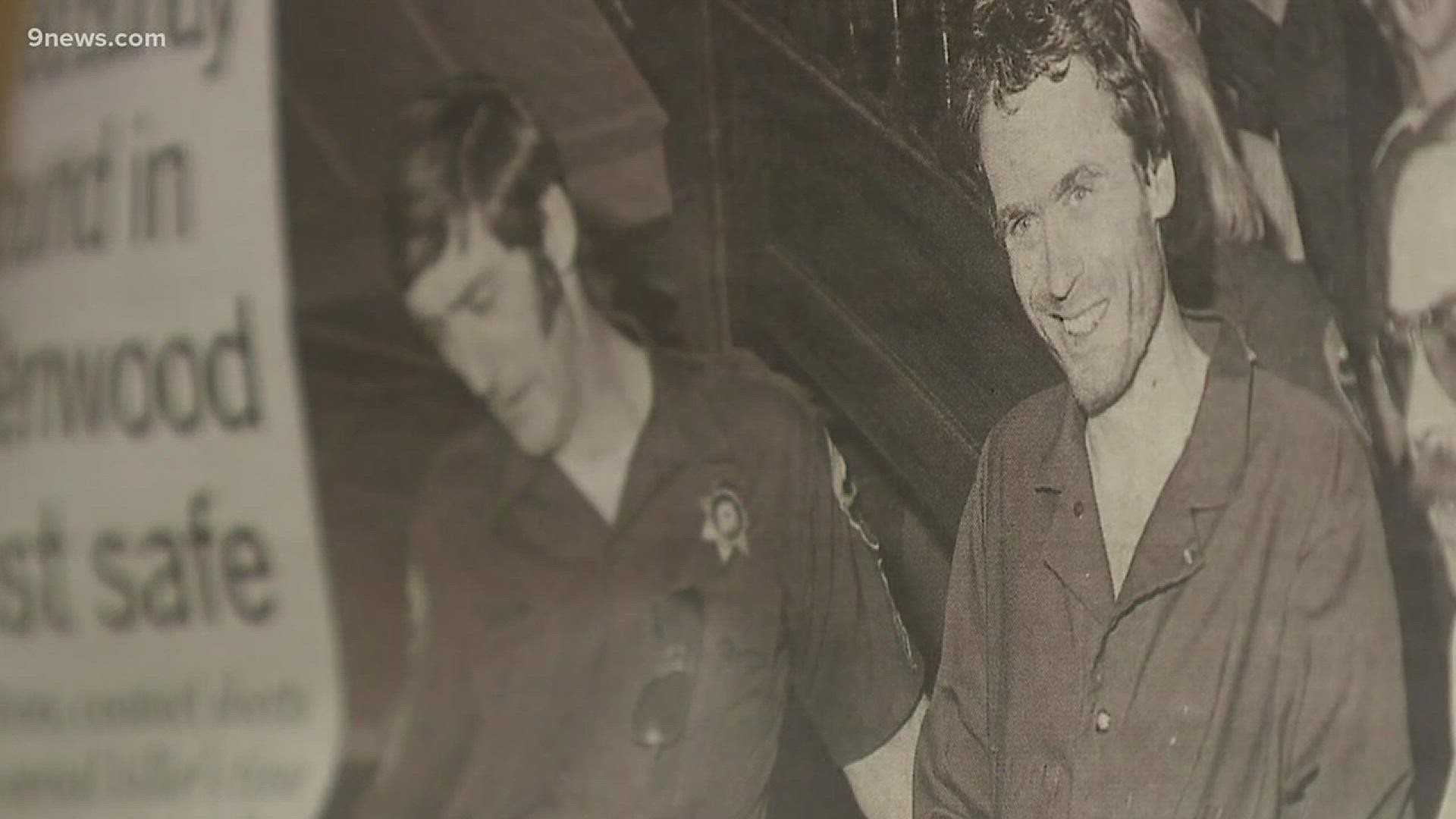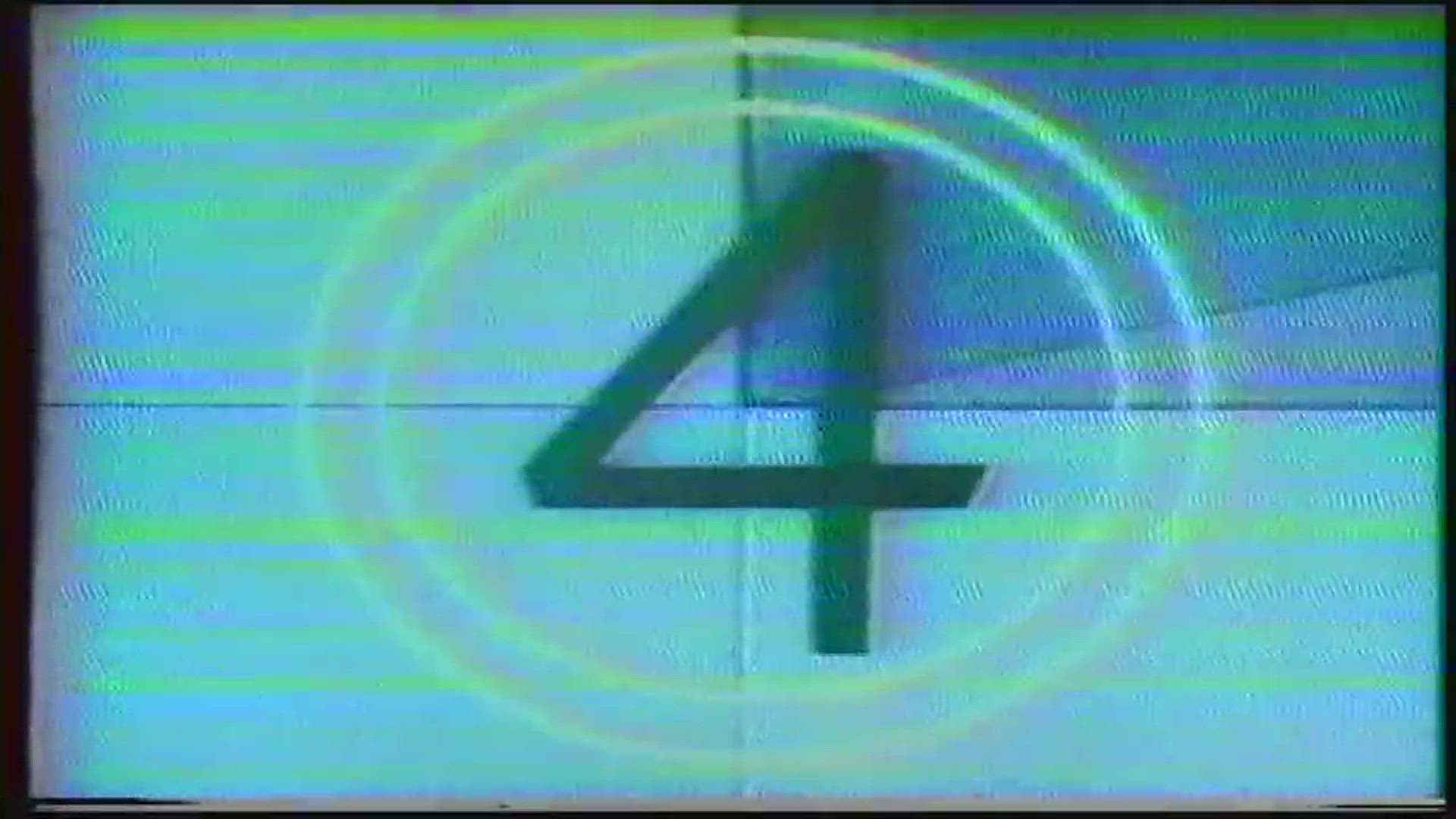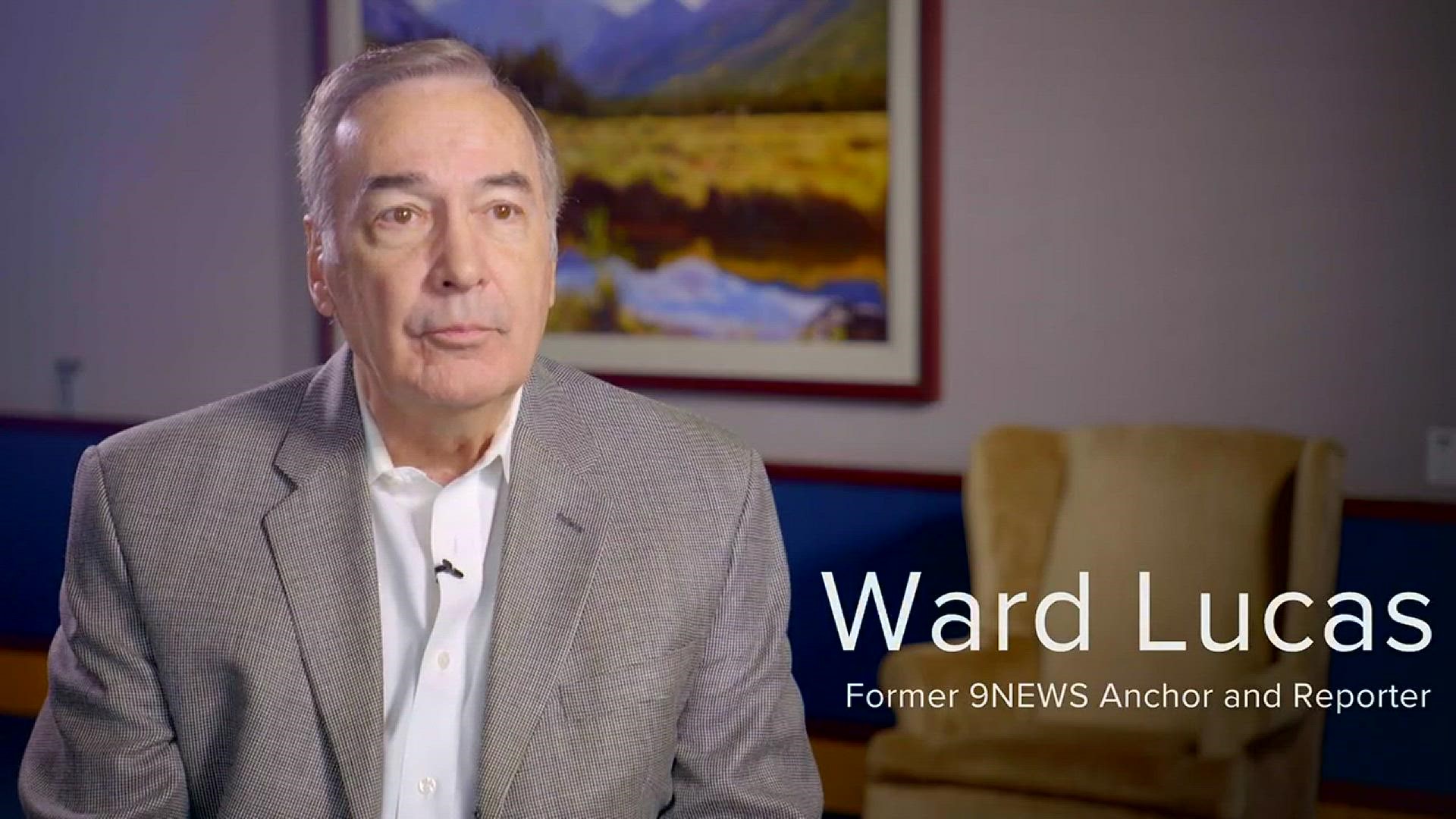KUSA – Ward Lucas was working at a radio station in Seattle when he first began reporting on the string of women who were disappearing from the city.
“I was working for a rock-and-roll radio station, KGR radio, and the first missing girl happened, and the city was frightened, obviously,” Lucas said. “Then the second one, then the third one, and I was going out on each of these murder scenes, each of the disappearances and interviewing family and friends. They all had the same characteristics: vanished girl, to be found sometime later nude, raped, beaten... I began numbering the girls: Girl No. 4, Girl No. 5, Girl No. 6, not realizing that I was potentially causing a problem.
“The city was panicked, especially when we got to No. 16 and 17, the two girls that were found at Lake Sammamish, just a short distance from my home.”
Those 1974 murders would all be tied to Ted Bundy, America’s most notorious serial killer and the subject of a Netflix documentary detailing the sociopath’s trail of terror that began on the West Coast and ended in Florida.
Bundy would first come to Colorado in 1975, where he kidnapped 23-year-old registered nurse Caryn Campbell inside of a well-lit hallway at the Wildwood Inn in Snowmass. Her body was found a month later.

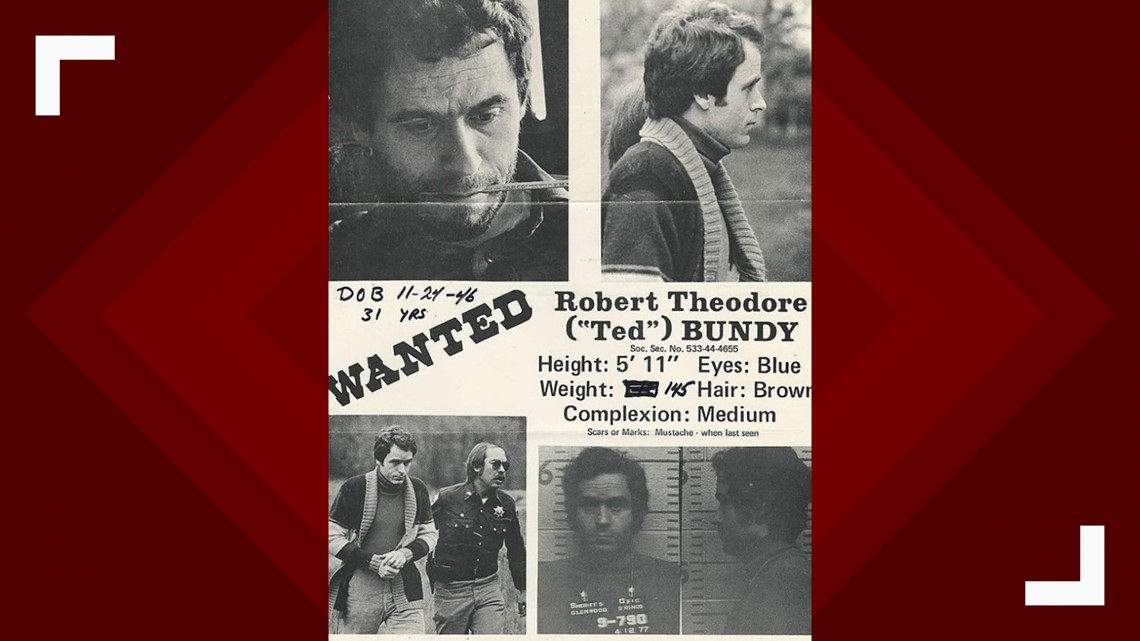
Shortly after, Vail ski instructor Julie Cunningham also disappeared. Bundy, who was living in Salt Lake City at the time, told investigators he made a six-hour drive from there back to Colorado to visit Cunningham’s body.
Bundy wouldn’t be arrested until 1975, and he stood trial for a Utah kidnapping in 1976. While serving his sentence in the Utah State Prison, Bundy was charged with Campbell’s murder and extradited to Aspen in 1977.
Lucas was working at 9NEWS in Denver by then, and tried to persuade his boss to fly him to Aspen after Bundy’s June 7, 1977 escape from the Pitkin County courthouse. At the time, the news director didn’t think it was a national enough story, and Lucas had to fly to the mountain town behind his back.
Lucas’ instincts proved to be right, and even 30 years after Bundy was executed, the famously charming serial killer is back in the national spotlight again following the Jan. 24 release of “Conversations with a Killer: The Ted Bundy Tapes” on Netflix.
One of the people featured in the four-episode documentary is Lucas, who recounts reporting on Bundy’s victims from two different media markets.
Lucas, who retired in 2009, sat down with 9NEWS Anchor Tom Green, where they discussed Bundy’s decades-long notoriety, his thoughts on the Netflix documentary, and why he believes the serial killer took more lives than the 36 he confessed to.
Read the full interview below.
(Editor’s note: Some of the questions and answers have been edited for clarify and length.)
9NEWS: The Ted Bundy Netflix documentary created a lot of interest in this story. What first stuck out to you when you started covering the case?
Lucas: I was working for a rock-and-roll radio station, KGR radio, and the first missing girl happened, and the city was frightened, obviously. Then the second one, then the third one, and I was going out on each of these murder scenes, each of the disappearances and interviewing family and friends. They all had the same characteristics: vanished girl, to be found sometime later nude, raped, beaten... I began numbering the girls: Girl No. 4, Girl No. 5, Girl No. 6, not realizing that I was potentially causing a problem.
The city was panicked, especially when we got to No. 16 and 17, the two girls that were found at Lake Sammamish, just a short distance from my home.
But, Seattle was … almost crazed in its panic as these girls were disappearing. It used to be that hitchhiking was how we got around. I hitchhiked thousands of miles up the West Coast when I was a teenager. There would be girls on every corner, especially in the University District, hitchhiking. We stopped, we’d take rides or we’d give rides if we were hitchhiking ourselves, and that stopped like that when these stories started coming out.
9NEWS: It seemed like Ted Bundy was available to hide in plain sight. And he seemed to be just another guy in the minds of many.

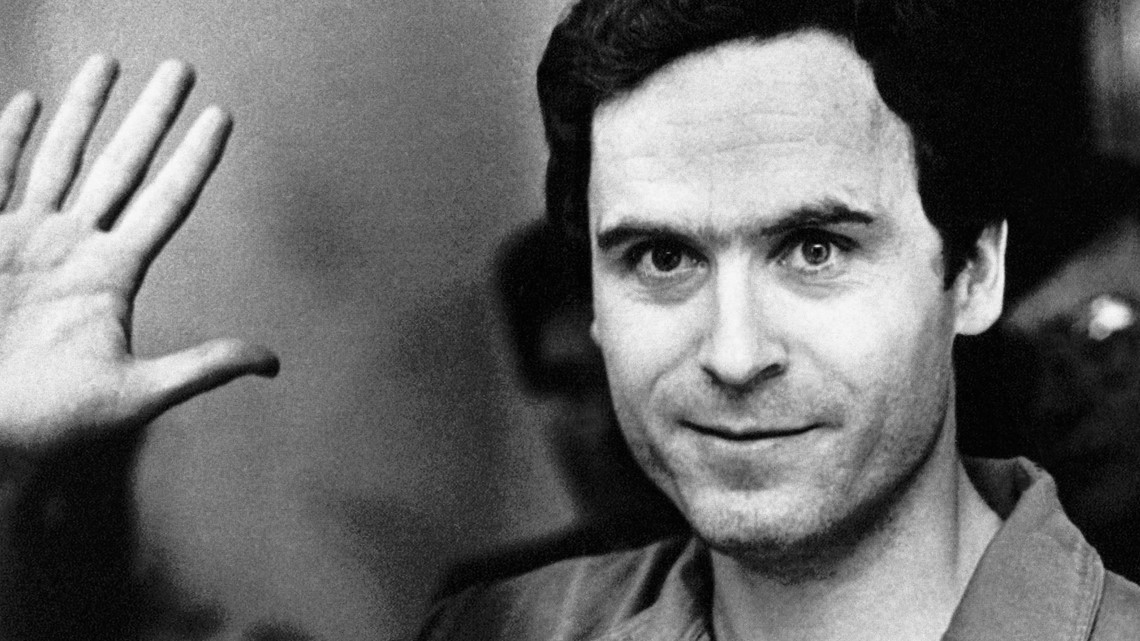
Lucas: He was smart. I won’t say he was brilliant, but a side of him must have been brilliant. But he was smart enough to cover up his tracks to make sure there was no evidence left behind.
Almost all of the girls were dragged up into the woods and now, after reading homicide books and watching stories over the years ... that’s the best way to dispose of a body because the animals will scatter the bones after 48 hours, taking all the evidence.
Now, there was no DNA. They used bite marks in court, not realizing that that turned out to be pseudo-science. Bite marks are not a good way of identifying a suspect.
9NEWS: Is there any accurate counting of how many women Ted Bundy may have killed?
Lucas: I know how many I think he killed, and I think that number is going to be over 100. Officially he killed 36, but he told one of his attorneys in Florida he had killed over 100 girls.
I knew of a number of girls in Colorado, when he was here, whose bodies were found in just that way. Stripped. Strangled. Dragged up a hill into the woods. In fact I got in trouble for going to the police chief here, saying, 'You have a problem with a serial killer.’ He said, ‘No you don’t.’ I said, ‘Yes you do, I’ve got a list of names, do you want to look at it?’ He refused to even look at my list of names, but I strongly believed he killed over 100 girls.
Think of this: Ted Bundy knew the names of 36 girls. Can you even remember the names of 10 of the people you met, much less 36?
9NEWS: You and Ted Bundy met again in Colorado. He was a convicted kidnapper at that point on trial for a Colorado murder. Take us through how you and Ted Bundy recollided.
Lucas: Girls started going missing. In Washington State, the murders stopped, but they started in Oregon and then in Utah, and then Colorado.
I said to our news director at the time, Ron, this is a national story. This is a huge story. Why don’t you put me on this beat? And he said it’s a local story. I wanted to fly to Aspen to cover the escape, and he wouldn’t … he said, 'Aspen is outside of our viewing area, it’s not a Denver story.' So he didn’t want me to go.
Well I was going to go. I was taking flying lessons at the time, and I said to my flight instructor, 'What can I do to get you to fly me and a photographer to Aspen?' He said, 'You’d have to pay for my time and the gas.' And I said, 'Done,' so I paid for our flight. The news director didn’t know until I started broadcasting from Aspen about the escape from the jail there, the Pitkin County courthouse.
9NEWS: Did the escape strike you as something very odd?
Lucas: The distance from the ground to that window is something like 24 feet. He had to jump into the bushes. The bushes probably saved his life or broke his fall. But the courage it takes to look down that distance and then decide, 'I’m going' had to have been amazing.
Do you think it’s because he knew he would have never been free again had he stayed in that courthouse?


Lucas: Sure, he knew he was going to be executed someplace, in one of these states. But my photographer and I … drove up and down, for days, hoping we could find Ted Bundy, and give him a ride in our car on the way to the police station.
But he had been hiding out for four or five days. We came back to town, did stories there, and the news director said, ‘It’s not a Denver story.' So once again, I went to the airport, and I bought tickets for me and my photographer, and we vanished for a couple of days, and I did some more stories on Bundy up there, and all of the sudden, Ron Scott, the news director decided, 'This must be a national story. Let’s cover it.'
9NEWS: Do you think there’s an insanity in Ted Bundy’s mind? Is that part of it?

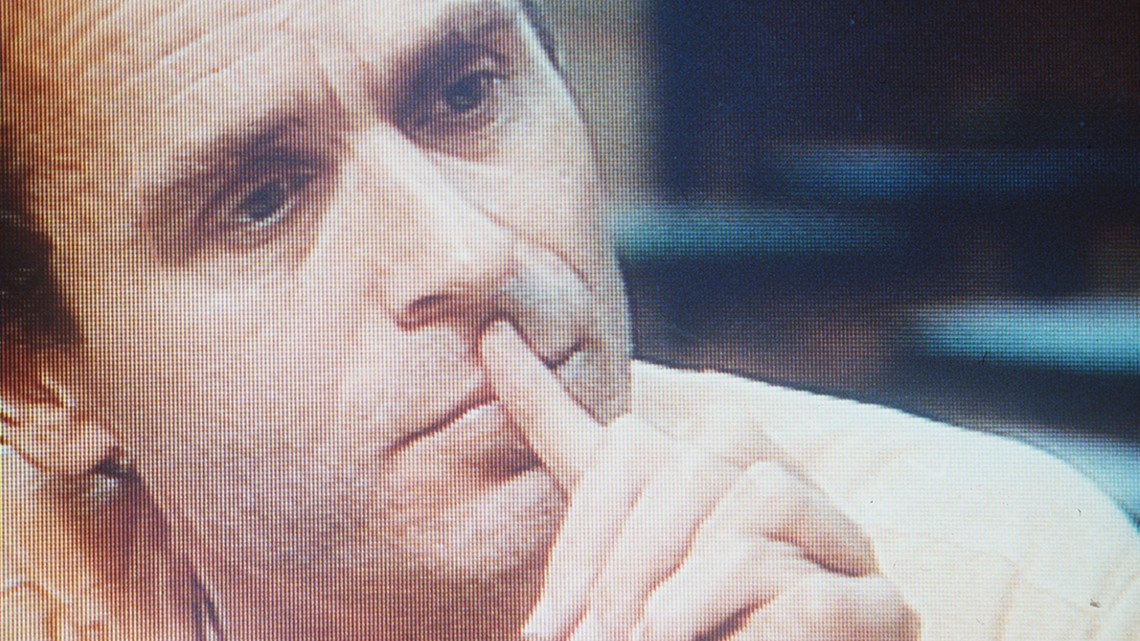
Lucas: Sure. If you kill another human being, you’ve got something wrong, chemically in your body. Yeah, he was insane, but he was a very smooth lunatic. He was good looking, he was articulate, he was smart. He made his way through law school, you can’t be a dummy who made it through law school.
And he had worked in a gubernatorial campaign. He was working around some very intelligent people who never caught on to the fact that he was crazy. He just had a good image, a good image, a good cover. And a good game.
9NEWS: How did he leave Colorado, ultimately?
Lucas: I wish he left on a stretcher, on an ambulance, but he broke out of the Pitkin County jail first, and was on the lam for some time. He was recaptured and put into the jail in Glenwood Springs. He broke out of that jail cell, maximum security, by peeling open a hole on the metal roof. He was able to stack books on the top of a bunk, and that gave him the height to reach up there with a can opener and whatever he had to just punch holes in the ceiling.
And he broke through the ceiling on New Year’s Eve, when he knew all the guards would be partying or drunk or elsewhere. And he was essentially alone, unguarded. Made his way over to one of the deputy’s offices and dropped down through the drop ceiling and vanished.
And the next thing we knew he was in Florida, killing girls down there.
9NEWS: You wonder about all those opportunities to catch him that were missed. That seems like the frustrating part of the story.

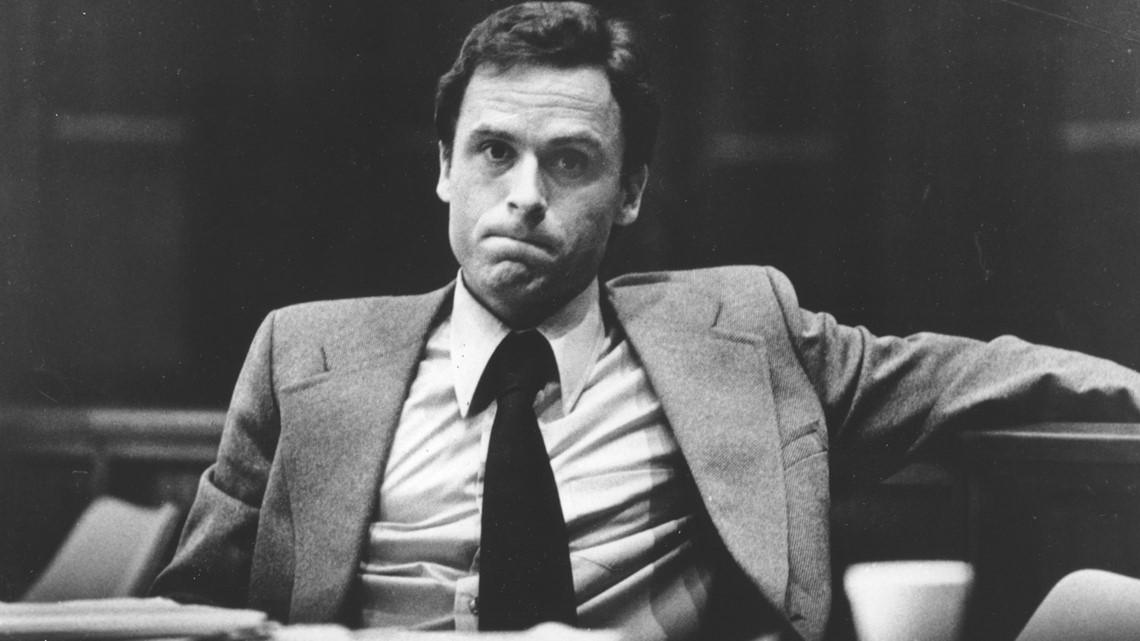
Lucas: There were chances, but a lot of things had to go right, in other words, police officers had to be talking across jurisdictional lines, sharing information, that didn’t happen. There were … times when he was in custody, for example in Salt Lake City, where he was essentially able to walk free, walk away from the case there, and he ended up in Colorado.
There were lots of chances to get him along the way.
9NEWS: The fact that jurisdictions weren’t communicating, that’s a gap that he was aware of.
Lucas: He was a law student. In fact he had graduated from law school, so he was smart enough to know a lot about criminal behavior and about police behavior and about how to get somebody out of trouble that you’re defending in court.
So he certainly had three years of training in the law, and used that expertise to hide his tracks, to do what was necessary to not get caught.
There was one girl that has always bothered me, and it was in … some police friends told me to drive to southern Washington to make a certain phone call. And I drove to southern Washington and a police officer met me and said, 'Follow me,' and we started hiking through the woods, the wet woods, and there was a police officer with a wire mesh shaker with two-by-fours, and he was picking up dirt and putting it through there and shaking out the dirt and finding bone pieces.
But, it was a calm scene, being in the presence of this body and this police officer who started doing war whoops like an Indian, dancing around a fire. He was dancing around the grave yelling, ‘I found a tooth, I found a tooth.’
That was one piece of evidence you could use to identify a body. But, I don’t think that killing was ever attributed to Bundy despite the fact that he was right there, in that same vicinity.
So I think there are a lot of girls whose deaths have never been attributed to him.
9NEWS: The anniversary of the execution was the reason Netflix produced the documentary. Lots of people have watched it, but I imagine it’s a different feeling because you actually lived it. Describe that anniversary for you.

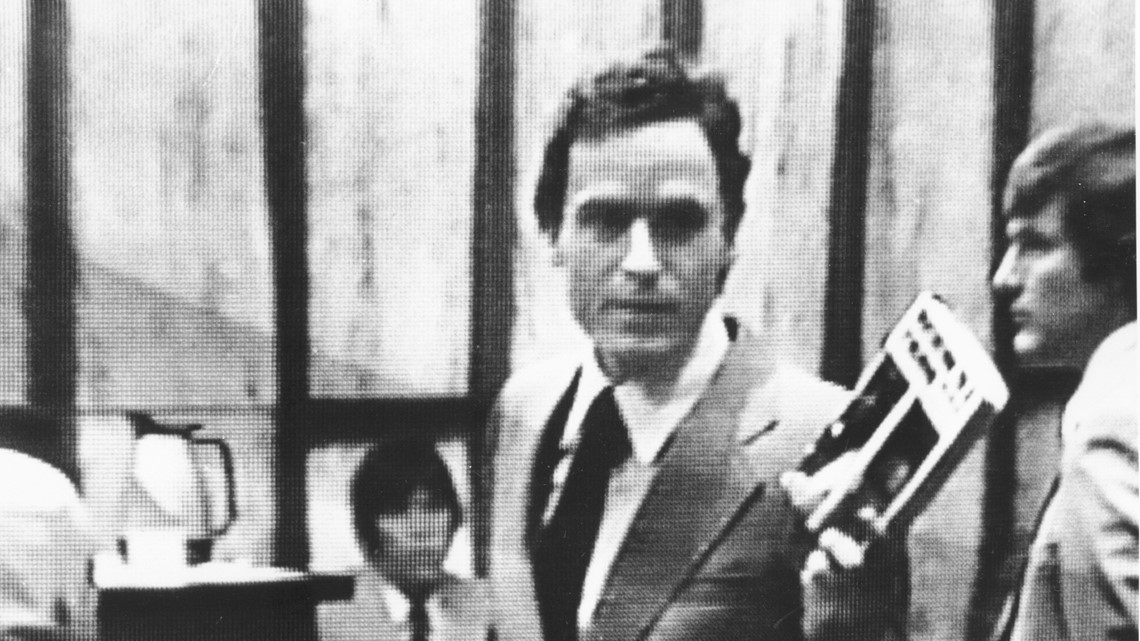
Lucas: It’s not one I look forward to celebrating each year. I’m glad they executed him, and I’ve never been a big fan of the death penalty, but some people don’t deserve to live, and he had caused so much grief to so many families, he was one of those.
9NEWS: How did Netflix approach you to be in the documentary? What did you think when they said they wanted to revisit the Ted Bundy case?
Lucas: I had to think about it for a few days, because it’s not really a pleasant story to me. Then they made a couple of phone calls and said, ‘We’ll get you a ticket, we’ll fly you there, get you a hotel' and they did. It was first class all the way.
9NEWS: Are you surprised with how much attention it’s getting?
Lucas: It’s pretty much the 30th anniversary of his execution, and it’s a story that still has legs because there’s still a number of girls that have not been found. We don’t know if Bundy did them or not.
So there’s always been curiosity about this. I’m surprised at the attention it’s gotten. I’ve gotten phone calls from all over the country, which seems a little odd.
It’s time that we talk to our kids about taking chances, because our kids do take chances, I still take chances. I mean I have hitchhiked as an adult if a car breaks down. Knowing what I know, that’s pretty stupid. I’ve done it. But still, our kids can’t identify with murders that happen four decades ago. And a lot of them, I think, are looking at this documentary and thinking to themselves ‘I can be picked up in that circumstance.’
WATCH BELOW: Extended interview with Ward Lucas
SUGGESTED VIDEOS | Local stories from 9NEWS

